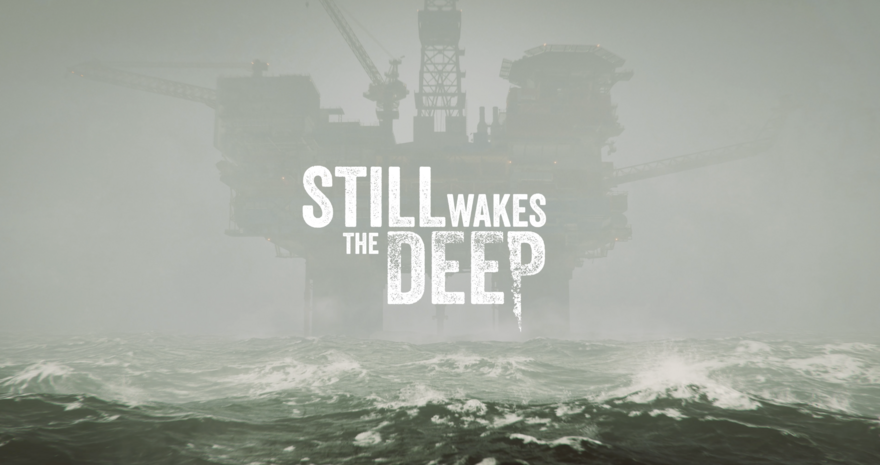How to Convince Gaming Executives to Invest in Player Safety
What if your video game's success hinged on a single, critical factor that many studios overlook until it's too late?

In this highly competitive industry, the answer increasingly points to player safety. As disruptive behavior in gaming communities continues its alarming rise - from 68% in 2021 to 74% in 2023, according to Unity's research — the financial and reputational implications for studios that neglect robust safety measures have become impossible to ignore.
As Trust & Safety experts with a deep understanding of gaming community moderation and online safety, we've seen firsthand how proactively protecting players and your brand reputation can be the ultimate differentiator. This isn't just about fostering positive engagement or ensuring regulatory compliance; it's about safeguarding your player base, maximizing retention, and ultimately, securing your revenue streams.
In this post, we outline five compelling arguments to help you convince executives that investing in player safety isn't just an ethical imperative; it's an economic necessity and a strategic advantage that directly impacts your bottom line.
1. Players Expect Studios to Take Responsibility
Modern gamers place the responsibility for safe gaming environments squarely on the shoulders of developers and platforms. Unity's research confirms that players see moderators and game studios as primary drivers of game safety, with 81% of players believing that protection from harmful behavior should be a priority for game developers. This is a clear consumer expectation that should not be ignored.
Players also view themselves as stakeholders in the process by blocking, muting, and reporting disruptive players, but ultimately expect studios to lead the charge in proactively creating and maintaining safe spaces. Today, what we at Keywords Studios call “the responsible moderation revolution” should be a core component of the modern player experience.
2. Harmful Environments Drive Player Churn
The data on player retention in environments with disruptive behavior is clear: two-thirds of multiplayer gamers (67%) report they're likely to stop playing a game entirely after experiencing harmful behavior. Even more concerning, 74% of players won't even begin playing games with reputations for problematic communities!
This behavioral pattern creates a compounding negative effect. As disruptive players drive away others, the community becomes increasingly concentrated with problematic users, accelerating the cycle of player loss.
3. Harmful Behavior Directly Impacts Revenue
One of the most compelling business cases comes from the direct correlation between player safety and spending patterns. According to researcher Constance Steinkuehler, players spend 54% more in games they deem "non-toxic" ($21.10 monthly) compared to those considered "toxic" ($12.09 monthly).
Additionally, Take This reports that 60% of players choose not to spend money in games due to negative experiences with other players. This pattern of withholding purchases represents a significant revenue loss that affects both immediate transactions and lifetime player value. Younger players (under 18) and (surprisingly) male players are even more likely to change their spending habits in response to environments with harmful behavior.
4. Regulatory Compliance Prevents Costly Penalties
The regulatory landscape around online safety has changed significantly in the last few years. The UK's Online Safety Act, which took effect March 17, 2025, requires platforms to actively prevent and remove illegal content or face penalties as high as £18 million or 10% of global revenue. Similarly, the EU's Digital Services Act (DSA) imposes significant fines of up to 6% of the provider's total worldwide annual turnover for non-compliance.
These laws hold gaming platforms with players in the EU and UK accountable for maintaining safe environments. Aside from fines, extreme violations could result in services being completely blocked in certain regions. Proactive investment in safety measures is insurance against these existential business threats.
5. The Cost of Inaction Exceeds Prevention
Building Trust & Safety considerations into game design from the outset is far more cost-effective than addressing problems after launch. Reactive approaches typically involve costly crisis management, reputation repair campaigns, and expensive player re-acquisition efforts.
96% of users now actively respond to disruptive behavior (up from 66% in 2021!) by blocking, reporting, or simply leaving games. This further demonstrates the growing importance players place on safety. Studios that fail to address these concerns face not just immediate revenue impacts but long-term brand damage that can affect future title launches.
Investing in player safety isn't just the right ethical choice. It's a sound business decision with measurable returns in player retention, in-game spending, regulatory compliance, and brand value. The question is no longer whether studios can afford to invest in safety — but whether they can afford not to!







